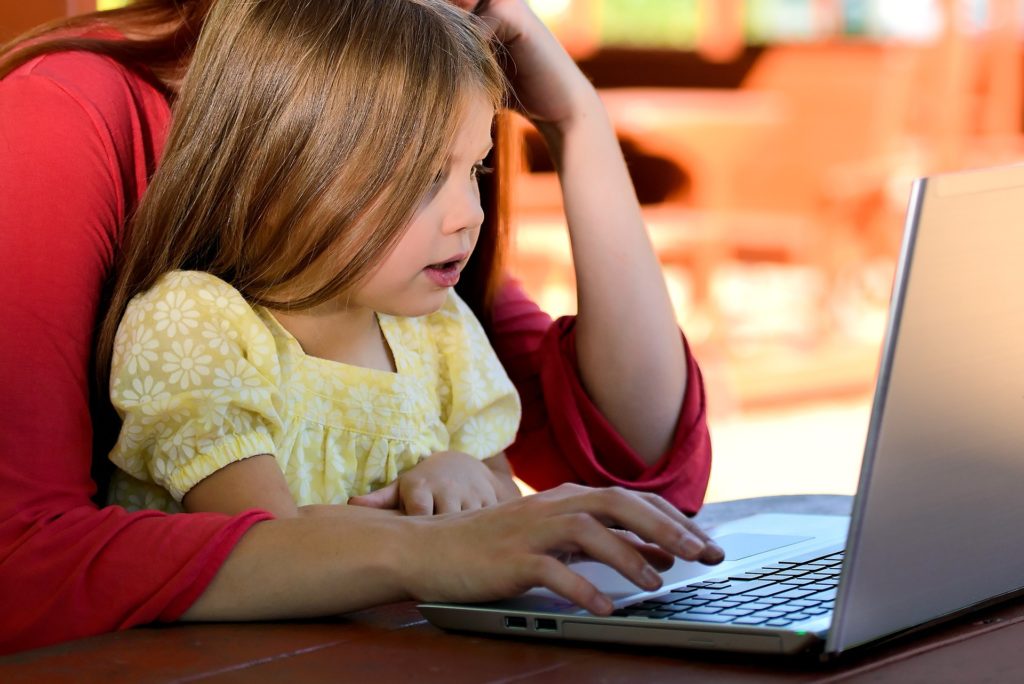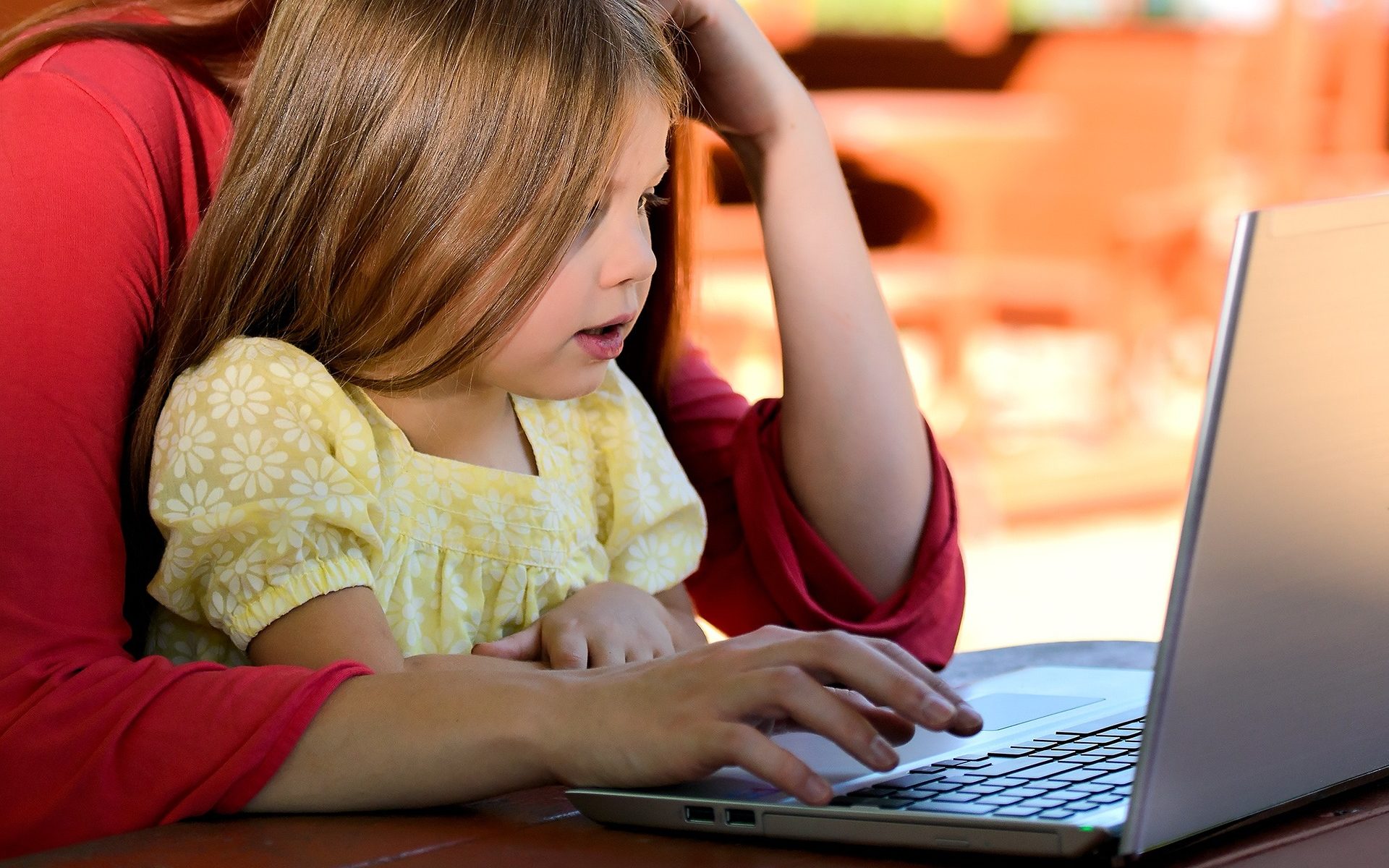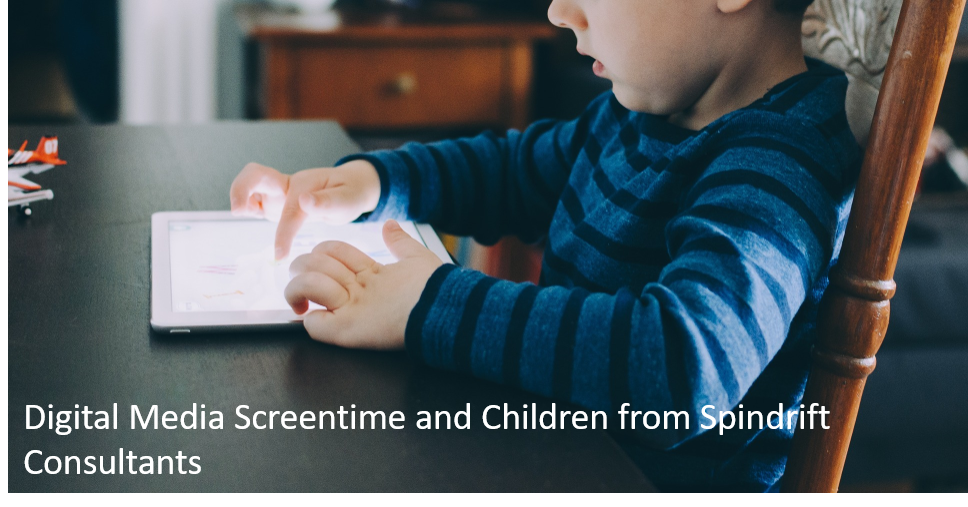One of the hardest things to monitor as a parent is the internet. At our home we have tried a variety of parental control apps – with varying success. Each that we have tried has it’s pros and cons. Every time we have “solved” it – our kids get smarter and are able to bypass.
Apple Screentime – Built into the iOS ecosystem. This is a free solution that can monitor time by app, set downtime and limits. There is also reporting so you can see visually where your child is spending their time online.
Circle – We have used Circle for quite a while – and although it initially worked well as time has gone on our children have gotten more savvy about bypassing it’s limits. I really like the ability to pause the internet for all devices with a click and setting up profiles by person. We use the Premium Option. I also liked filtering and the ability to block things like the internet, specific sites and specific applications at various times.
Bark – We haven’t tried Bark yet, but plan to in the near future. I like that it also monitors text messages.
Whatever solution you choose – you should make sure you monitor it to ensure that it is working as you planned.







 Teaching your child to read is most likely one of the hardest things I have done with my kids – but among the most rewarding. Reading opens up a whole world for kids. I remember when I was young, I struggled to learn to read, but using a variety of strategies I worked to learn.
Teaching your child to read is most likely one of the hardest things I have done with my kids – but among the most rewarding. Reading opens up a whole world for kids. I remember when I was young, I struggled to learn to read, but using a variety of strategies I worked to learn. Reading Egg – this app by Blake eLearning includes a test at the beginning so that you can determine your child’s reading level. Through interactive games you practice sight words, digital story books, learning lessons including rhyming and interactive reading. My son loves working for the Golden Eggs and pairs his iPad with his Bluebee Pal so the two of them can work on reading together!
Reading Egg – this app by Blake eLearning includes a test at the beginning so that you can determine your child’s reading level. Through interactive games you practice sight words, digital story books, learning lessons including rhyming and interactive reading. My son loves working for the Golden Eggs and pairs his iPad with his Bluebee Pal so the two of them can work on reading together! Epic is a reading app that includes 40K books from 250 platforms. You can choose books that are read aloud or your child can read by themselves. The app includes picture books, different types of books including some of my son’s favorites community helpers like police and learning videos as well!
Epic is a reading app that includes 40K books from 250 platforms. You can choose books that are read aloud or your child can read by themselves. The app includes picture books, different types of books including some of my son’s favorites community helpers like police and learning videos as well!
